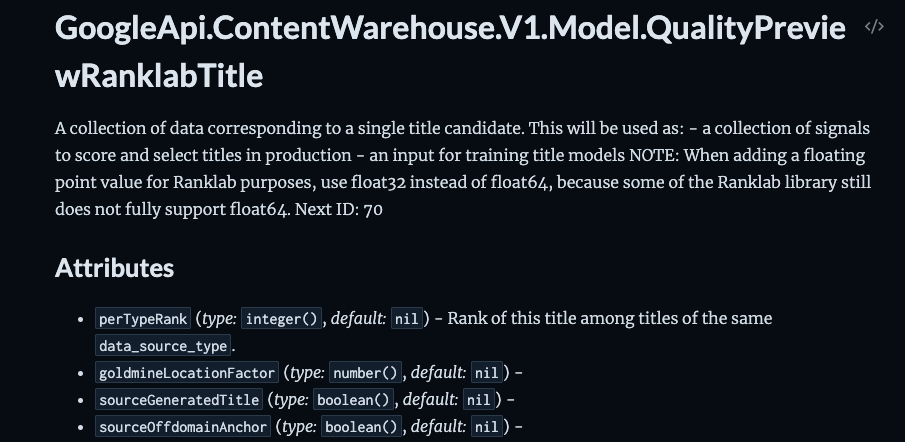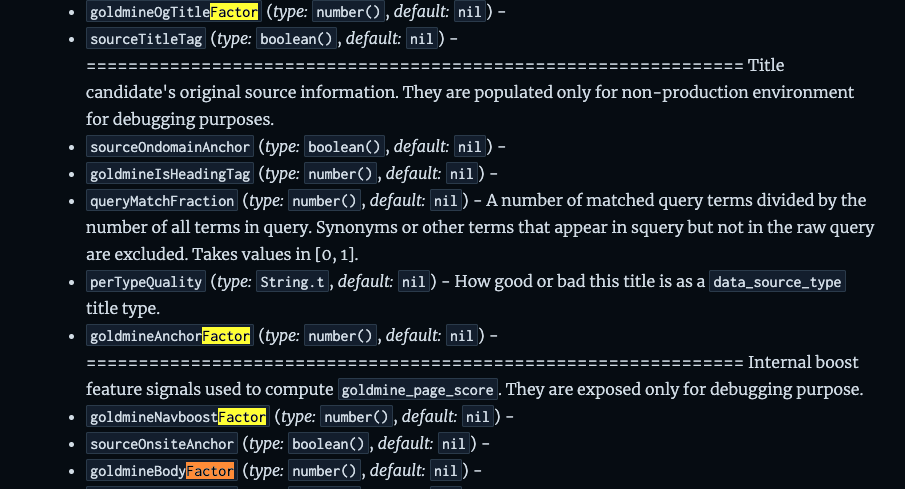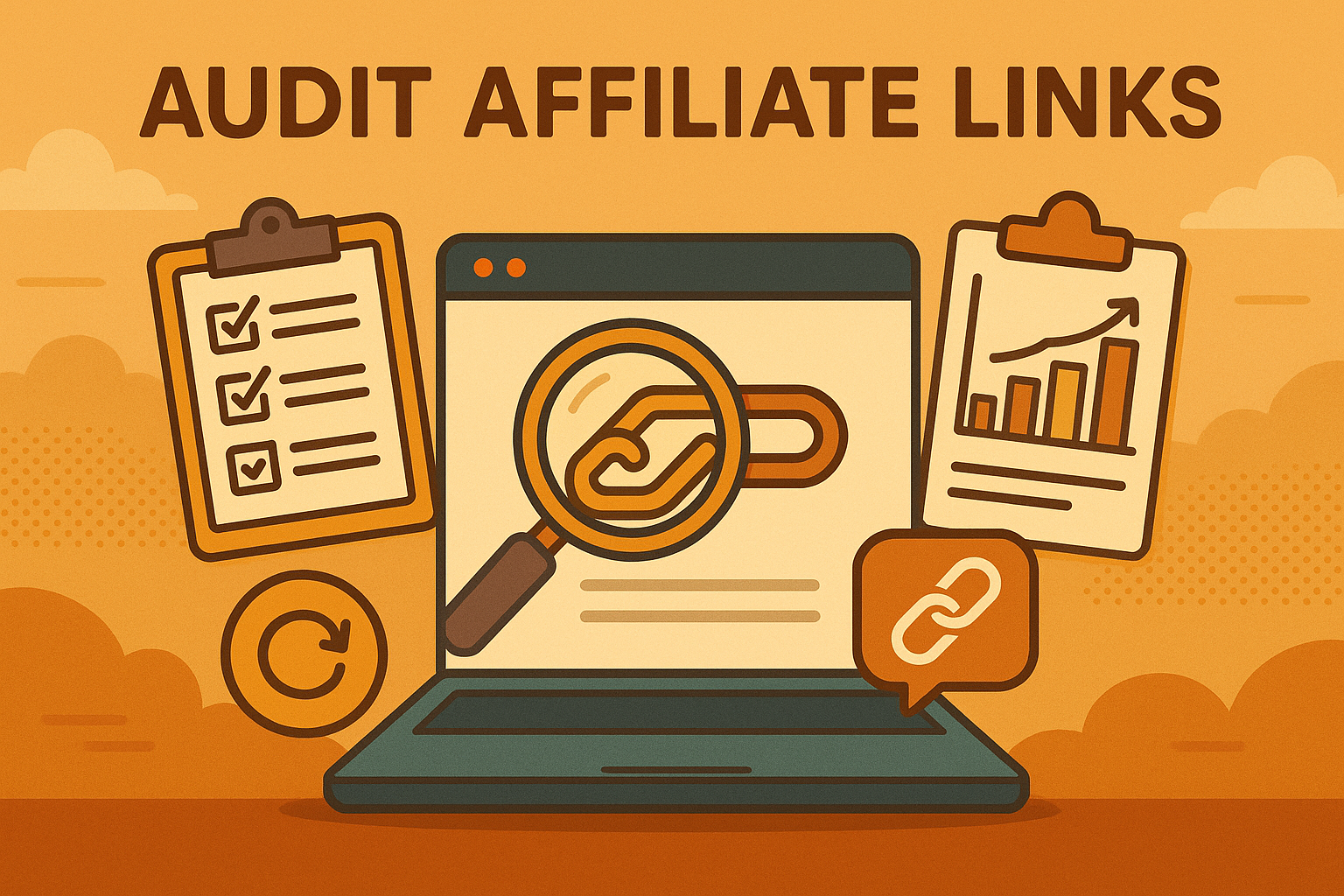Google Goldmine system test : How Google scores and selects your page titles

Yesterday, a deep dive into the 2024 Google Content Warehouse API leak uncovered something new : the Google Goldmine System. This revelation explains how Google evaluates, scores, and selects the titles that appear in search results.
After months of analyzing the leaked documentation, SEO experts have connected the dots, revealing a quality engine that changes our understanding of how Google treats our crafted title tags.
What is the Google Goldmine system test ?
The Goldmine system is a sophisticated, component-based scoring engine. Its internal name appears to be AlternativeTitlesAnnotator, and its primary function is to ingest a collection of text candidates for a SERP element – such as a page title – and compute a quantitative score of its quality.
Google's systems are built on a foundational philosophy: the signal provided by a website publisher, such as the text within a title tag, is not inherently trustworthy. It is treated as just one candidate among many.
In other words, that title tag you spent hours perfecting? Google considers it a suggestion that will compete against alternatives extracted from your page and across the web.
How Goldmine works: The title selection pipeline
The QualityPreviewRanklabTitle module within the leak deconstructs this pipeline, starting with sourceTitleTag, the candidate from the HTML title element.

It's the foundational candidate, but its selection is never guaranteed.
The candidate sources
Google pulls title candidates from multiple sources:
- sourceTitleTag: Your HTML
<title>element - sourceHeadingTag: Candidates extracted from the page's structure, flagged by sourceHeadingTag from elements like H1 and H2. A separate, more specific goldmineHeaderIsH1 feature confirms that the primary H1 tag is given special weight.
- sourceOnsiteAnchor & sourceOffdomainAnchor: The system pulls from the link graph. Both internal and external link anchor text are used as title candidates. This means the consensus of how your own site and other sites describe your page can directly influence its title.
- sourceGeneratedTitle: A fallback sourceGeneratedTitle is used when all publisher-influenced signals are deemed low-quality.
The scoring process
The system is component-based, breaking down "title quality" into measurable factors, each represented by a goldmine*Factor attribute. These individual factors are then aggregated into a comprehensive score that determines which title ultimately appears in search results.
The Goldmine scoring factors
The leaked documentation reveals specific scoring components that Goldmine uses to evaluate title candidates:
Core quality factors
- goldmineTitleTagFactor: Assesses the quality of the title tag source
- goldmineBodyFactor: Measures the semantic relationship between the title and the page's main content
- goldmineAnchorFactor: Evaluates how well anchor text represents the page
- goldmineHeadingFactor: Scores the relevance and quality of heading-based candidates
- goldmineTrustFactor: Measures trust signals associated with the title candidate

The final score
These factors are aggregated into a goldminePageScore, a baseline quality assessment based on static, document-centric signals. It answers the question: "Is this a well-formed and relevant title for this document?"
Demotion signals
The systems include specific penalty flags for common SEO mistakes, such as keyword stuffing (dupTokens), boilerplate text (goldmineHasBoilerplateInTitle), and elements that are too long (isTruncated).
The NavBoost connection
Here's where things get really interesting. Goldmine feeds directly into NavBoost, Google's powerful user interaction ranking system.
The feedback loop
The "NavBoost" system is a powerful ranking factor that analyses 13 months of user click data (goodClicks, badClicks, lastLongestClicks) to promote or demote pages. A poor user experience directly impacts rankings.
The systems create a feedback loop: A low-quality title selected by Goldmine can lead to poor user clicks, which feeds negative data into the powerful NavBoost system, which can then demote your page's core ranking.
NavBoost is a ranking signal that can only influence a search result after users have clicked on it. This means that if Goldmine selects a poor title for your page, it can trigger a cascade of negative signals that impact your rankings for up to 13 months.
Why this discovery matters now
Validation of suspicions
For years, SEO professionals have observed that Google frequently rewrites title tags. In Q1 2025, Google changed title tags 76% of the time, a 25% increase from studies just two years prior. The Goldmine system finally explains the mechanics behind these rewrites.
The end of traditional SEO tricks
Google's "Algorithm" is not a single algorithm but a suite of interconnected, specialised systems like Goldmine for titles, Radish for featured snippets, and NavBoost for user behaviour re-ranking. This interconnected system makes it virtually impossible to game rankings through traditional optimization tricks.
Confirmation of Google's approach
The systems and attributes revealed in the Google Content Warehouse leak are not a new set of rules; they are the technical enforcement mechanisms for the very principles Google has been transparent about all along.
Actionable insights for SEO professionals
1. Embrace signal coherence
"Signal Coherence" is the core strategy: The most effective way to influence the system is to ensure your title, H1, URL, and introductory content all send a consistent message about the page's topic.
2. Visual prominence matters
Visual prominence is a measured signal: The existence of an avgTermWeight attribute, which measures the average font size of terms, is concrete proof that making your headings and key phrases visually stand out is a quantifiable signal.
3. Avoid common pitfalls
The documentation reveals specific issues that trigger demotions:
- Keyword stuffing (dupTokens flag)
- Boilerplate text in titles
- Truncated elements that are too long
- Misalignment between title and content
4. Focus on user satisfaction
User behaviour is the ultimate arbiter. Since Goldmine feeds into NavBoost, which tracks 13 months of user interaction data, creating titles that generate "satisfied clicks" is crucial for long-term ranking success.
5. Technical precision is non-negotiable
Technical precision is non-negotiable: The systems include specific penalty flags for common SEO mistakes. Every element must be carefully crafted to avoid triggering these automated quality checks.
Conclusion
The Google Goldmine System confirms that Google treats our HTML elements not as directives, but as candidates in a complex quality assessment system. The integration with NavBoost creates a powerful feedback loop where poor title selection can impact rankings.
For SEO professionals, the message is clear: the era of quick tricks and isolated optimizations is over. Success now requires a holistic approach focused on signal coherence, user satisfaction, and technical excellence. The Goldmine system judges the entire quality and trustworthiness of our content through the lens of how we present it.
Sources and references
- Google Content Warehouse API Documentation: HexDocs API Reference - The complete leaked API documentation containing 2,596 modules and 14,014 attributes
- Initial Leak Analysis: SparkToro - An Anonymous Source Shared Thousands of Leaked Google Search API Documents - Rand Fishkin's original analysis of the leaked documents
- Technical Deep Dive: iPullRank - Secrets from the Algorithm - Mike King's comprehensive technical analysis
- Goldmine System Analysis: Hobo Web - What Is 'Goldmine'? - Shaun Anderson's detailed breakdown of the Goldmine scoring system
- Title Tag Study 2025: Search Engine Land - Google changed 76% of title tags in Q1 2025 - John McAlpin's data study on title rewriting
- NavBoost Documentation: Various analyses from the DOJ antitrust case documents and Google patents (US8595225B1)


